Publications
Research Papers
Spatial Modeling of Interference in Inter-Vehicular Communications for 3-D Volumetric Wireless Networks
This work introduces a generalized framework for modeling interference in 3D UAV-assisted cell-free vehicular networks. The framework encompasses diverse scenarios while capturing key spatial fading statistics. It simplifies existing models by encompassing them as special cases and reveals the impact of factors like mobility and altitude on interference patterns. Future work will explore integrating intelligent surfaces for better control over network behavior.
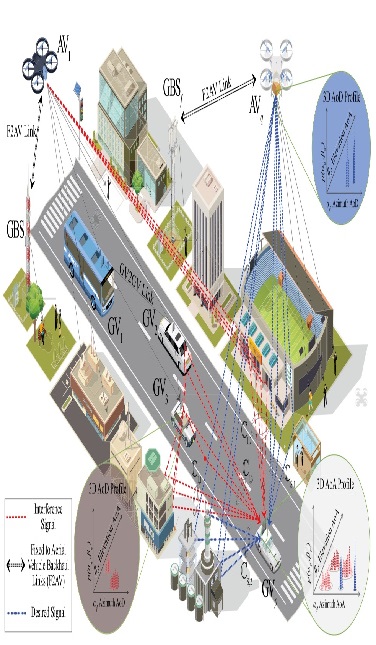
A NOMA‑Enabled Cellular Symbiotic Radio for mMTC
Non-orthogonal access (NOMA) promises high spectral efficiency in 5G networks, making it ideal for dense IoT deployments. We analyze a NOMA-based system with backscatter communications, enabling ultra-low power IoT connectivity. Closed-form expressions for performance metrics and insightful use cases for future massive IoT networks are presented. Numerical results validate the theoretical findings.
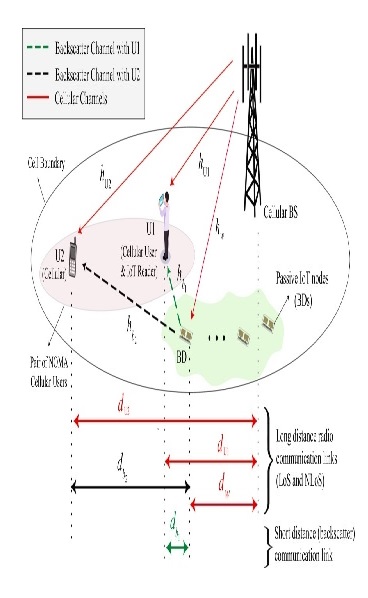
Intelligent reflecting surface-assisted terahertz communication towards B5G and 6G: State-of-the-art
Beyond 5G, terahertz (THz) bands and intelligent reflecting surfaces (IRS) emerge as key factors for boosting data rates and link reliability in 6G networks. This paper compares IRS-assisted THz communication systems, paving the way for transformative applications like autonomous driving and virtual reality.
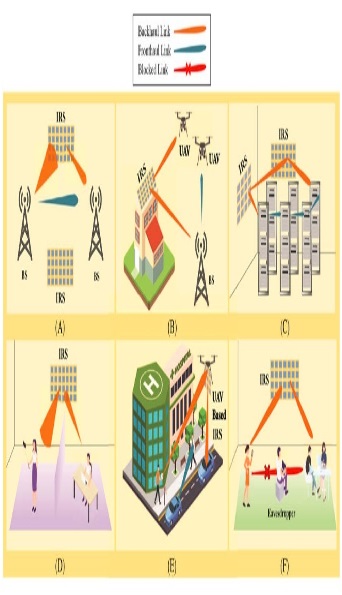
A Performance Analysis of IRS-assisted Communication for 6G-Enabled Future Smart Industries
As Industry 4.0 takes hold, dependable communication is crucial. While mmWave technology holds promise, limitations like range and interference remain. This research explores how Intelligent reflecting surfaces (IRS) can revolutionize wireless networks by manipulating radio waves. The study examines the impact of IRS placement and the number of elements deployed, finding significant improvements in coverage, reliability, and achievable data rates compared to traditional systems.
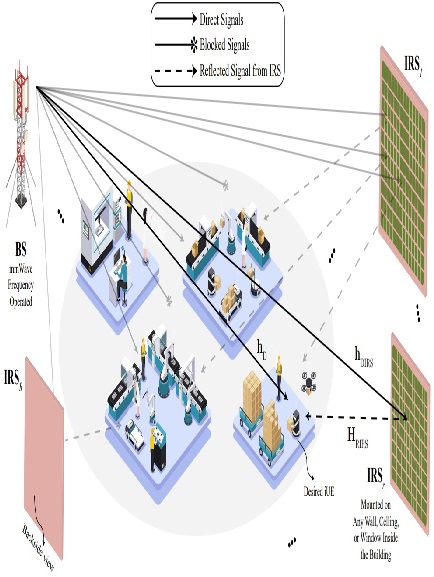
Deep Unfolding of Atomic Norm Minimization for DoA Estimation
Direction-of-arrival (DoA) estimation is vital in radar and mobile positioning. While atomic norm minimization (ANM) offers high accuracy, its SDP-based solution is computationally heavy. We propose a deep unfolded gradient descent method with an approximated ANM function, where parameters are learned through training. This approach achieves competitive accuracy with much lower complexity, making it practical for real-world DoA estimation.
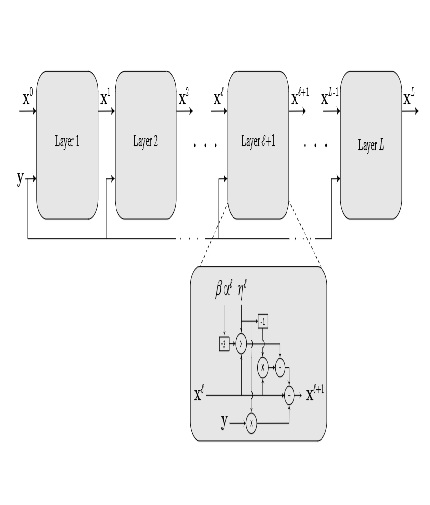
Thesis
Spatial Modeling of Interference for 3-D Cell-free Inter-Vehicular Communications
Supervisor: Dr Syed Junaid Nawaz (COMSATS University, Islamabad, Pakistan)
This thesis proposes a framework for modeling the spatial statistics of the signal-to-interference ratio (SIR) in 3-D volumetric inter-vehicular communication channels, with a focus on UAV-assisted cell-free vehicular communications. The framework incorporates three-dimensional mobility at both link ends and includes several notable two-dimensional propagation models. The authors derive analytical expressions for various SIR fading statistics, such as level-crossing-rate, average-fadeduration, spatial auto-covariance, and coherence distance, and analyze the impact of channel parameters such as direction and velocity of mobile nodes and the altitude of the UAV. The thesis also discusses future extensions of this work, such as the integration of intelligent reflective surfaces to generate favorable channel conditions.
Remote Health Monitoring and Automated Supervision of Buildings
Supervisor: Dr Ashfaq Ahmed (Khalifa University, Abu Dhabi, UAE)
The project aims to monitor the health of a building through IoT (using Raspberry Pi + Python) and discusses the factors that influence a building’s health such as cracking, bending, and tilting. Health monitoring and automation supervision of buildings are both parts of the project. An example of the automation aspect is the development of a device that automatically turns off the gas supply during gas load-shedding to prevent incidents like gas leakage and fire. The project focuses on a specific type of building structure.